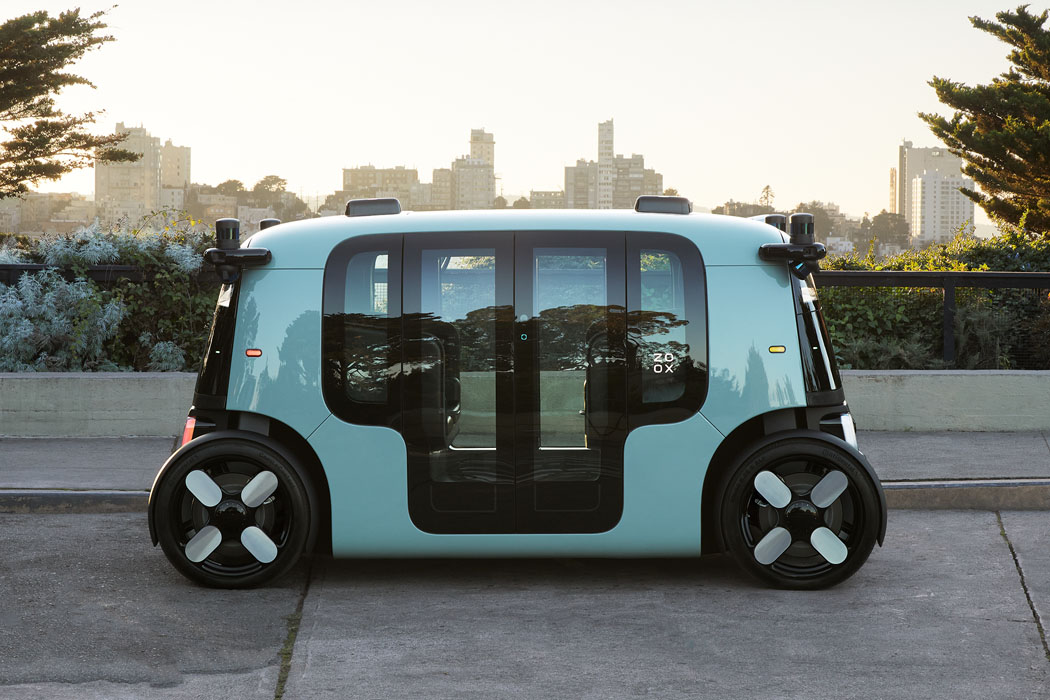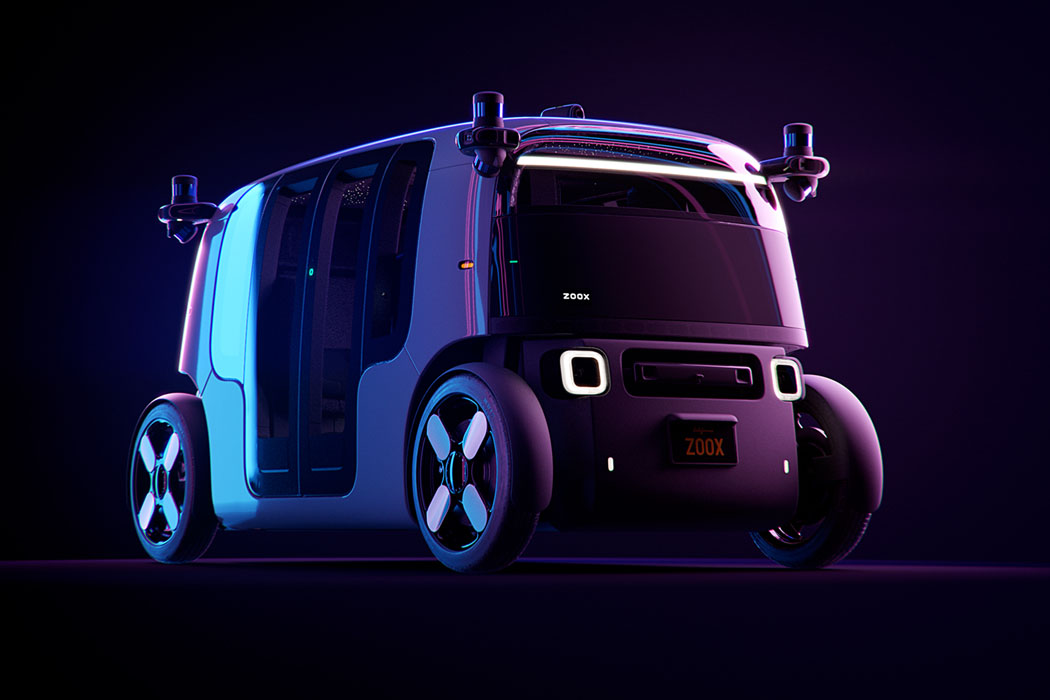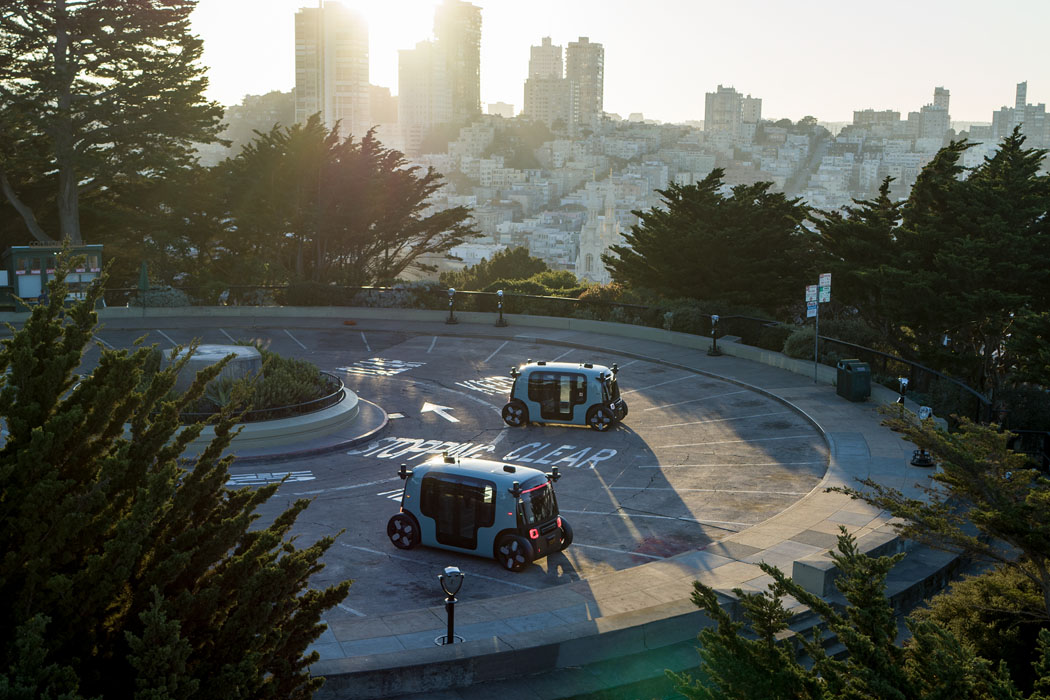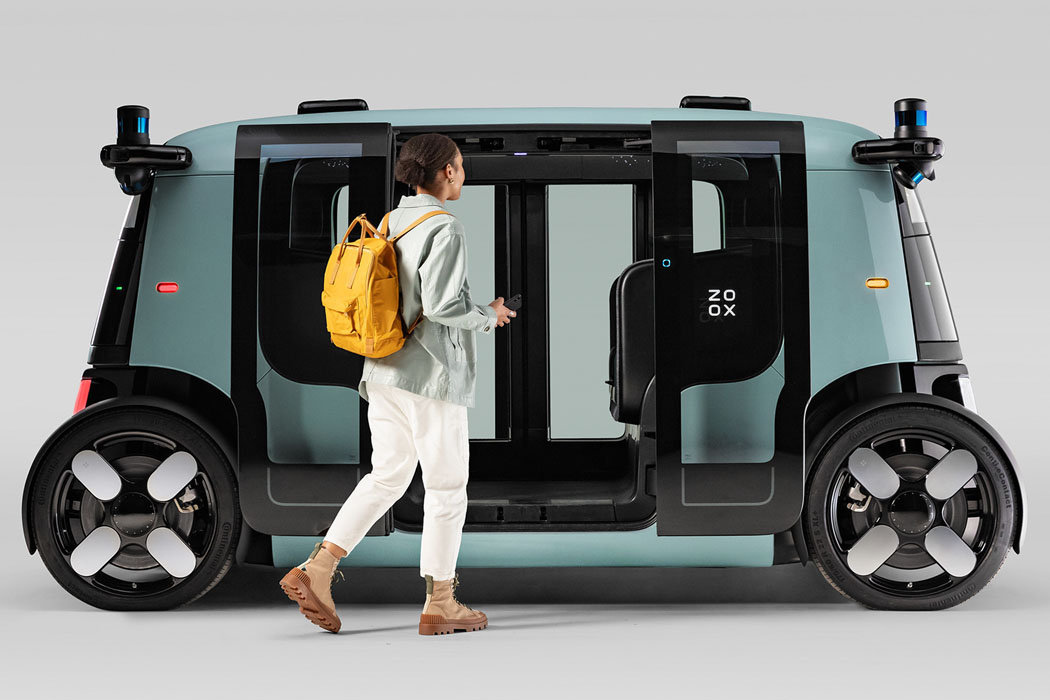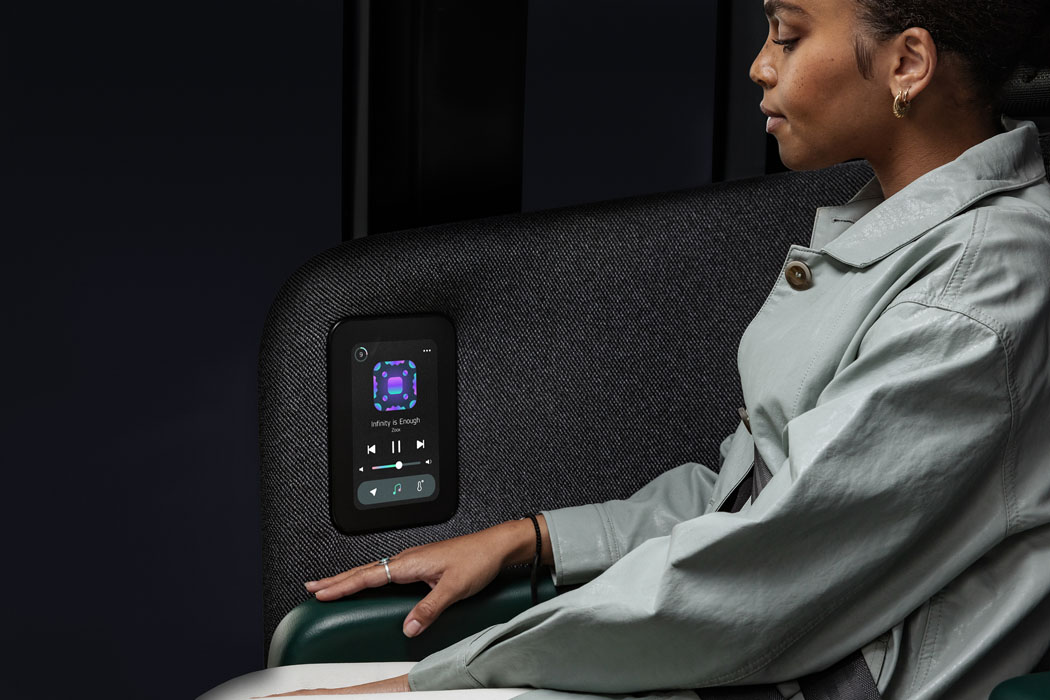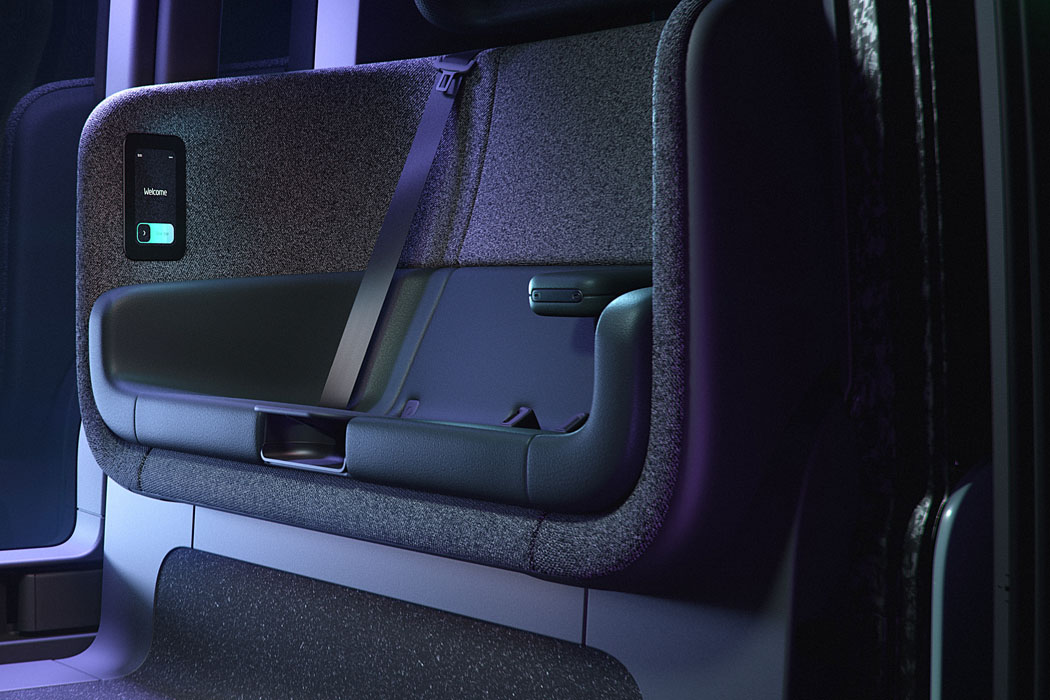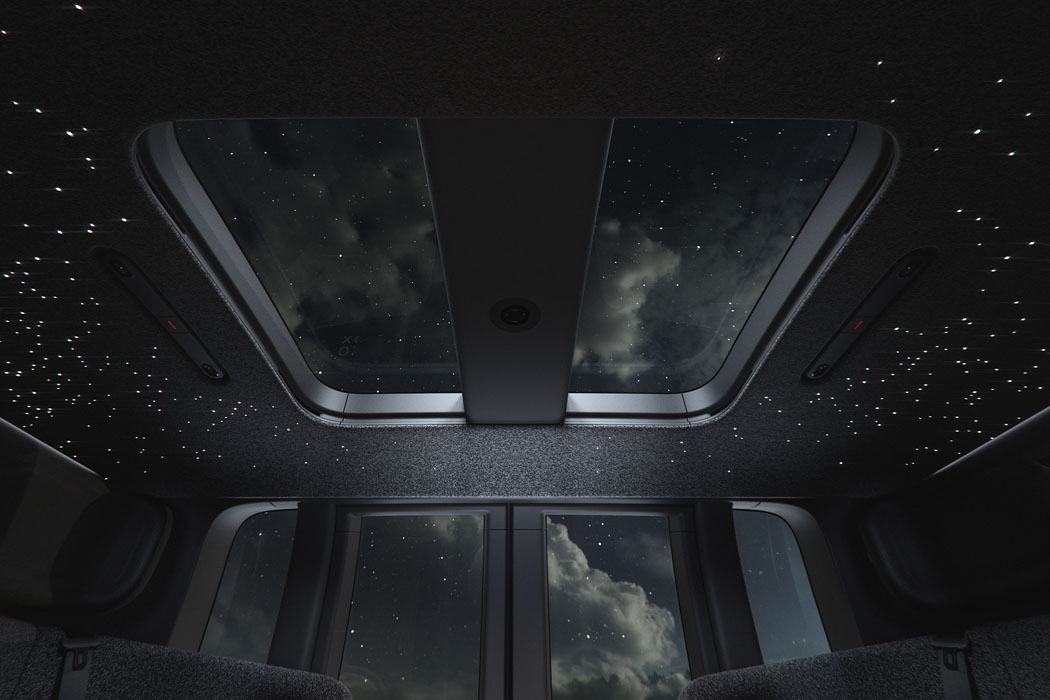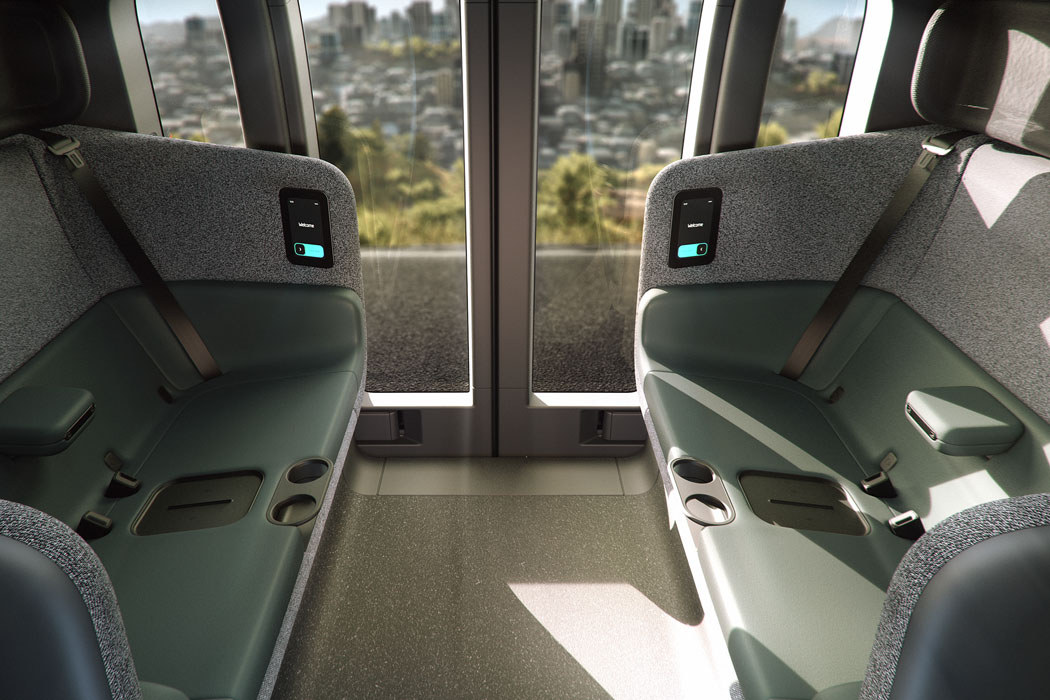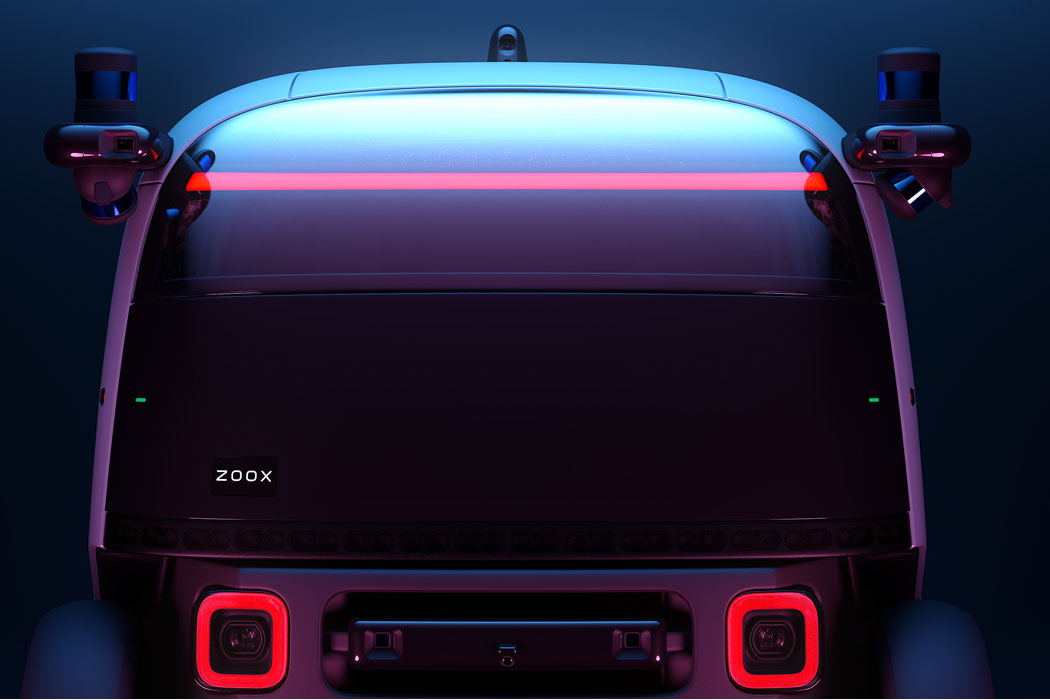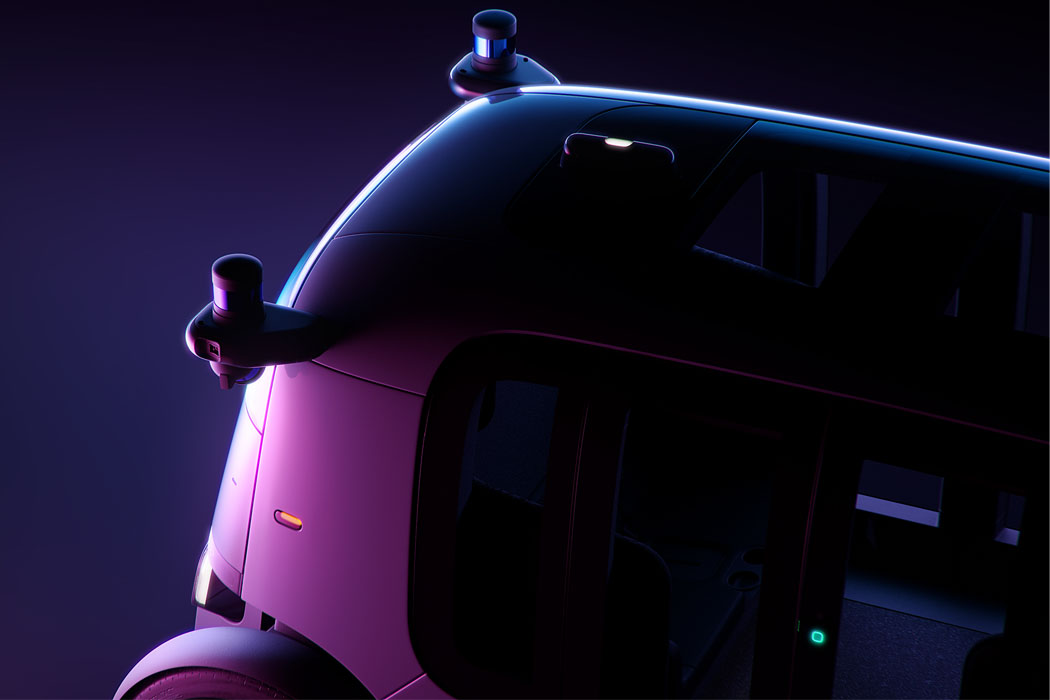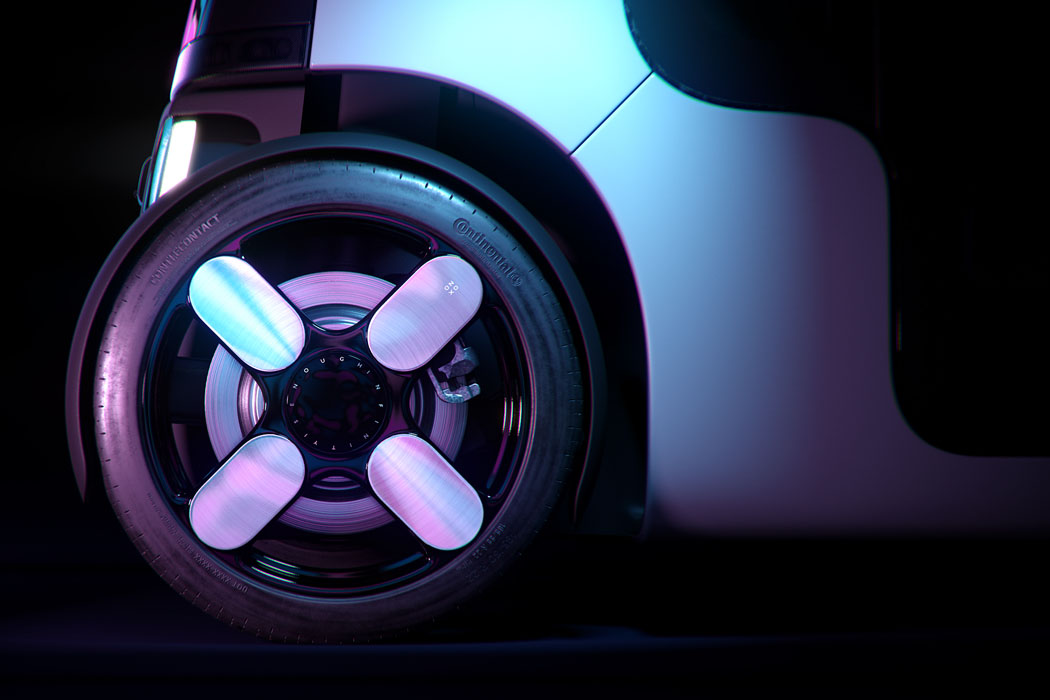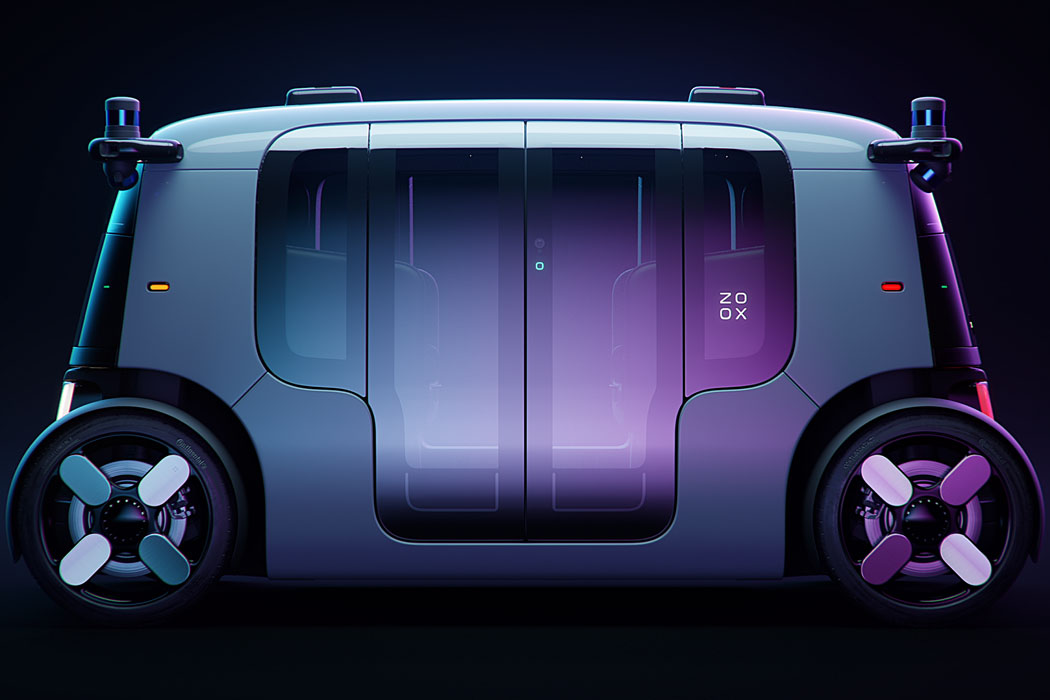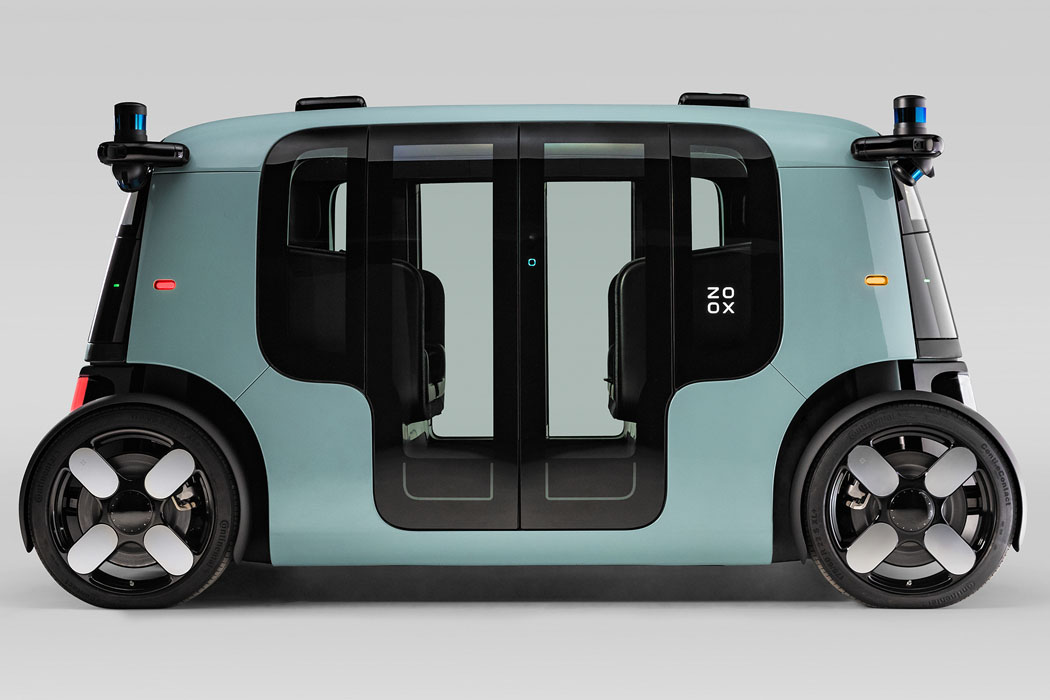Tesla’s Cybercab and Robovan challenge traditional vehicle design concepts and redefine what transportation means in an urban setting. Both vehicles introduce significant technological changes, such as the removal of charging ports in favor of inductive charging pads for a seamless, wireless charging experience. The goal is to push beyond what we expect from public and private transport, focusing on creating a new experience that merges functionality with modern aesthetics.
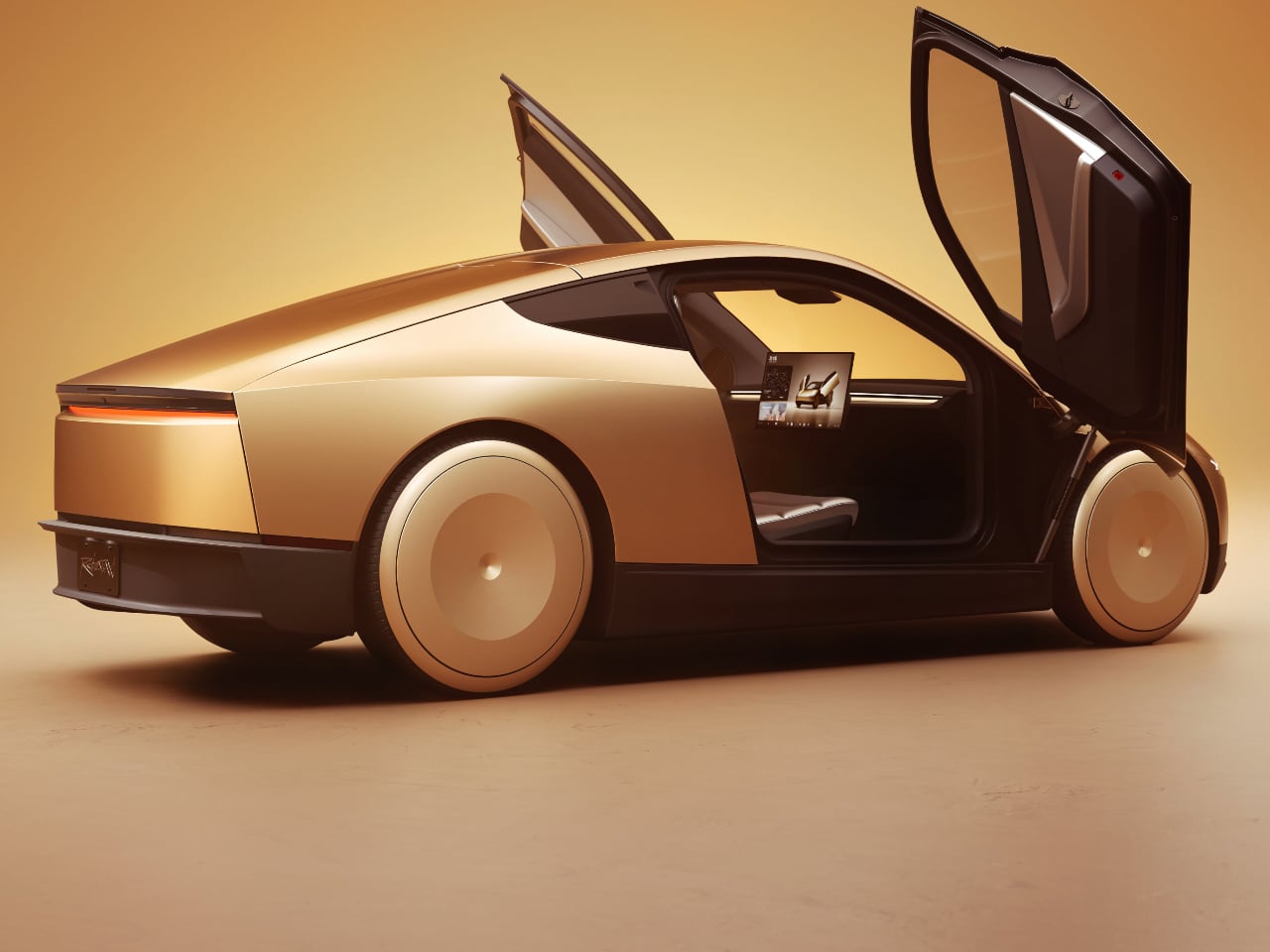
Designer: Tesla
Cybercab: Minimalism Meets Future-Ready Design
The Cybercab focuses on simplicity. With smooth, clean lines and a golden finish, its design conveys a futuristic feel without the clutter. Its concept-car appearance distinguishes it while keeping the focus on efficiency. The polished exterior suggests a vision of streamlined and effective urban transport.
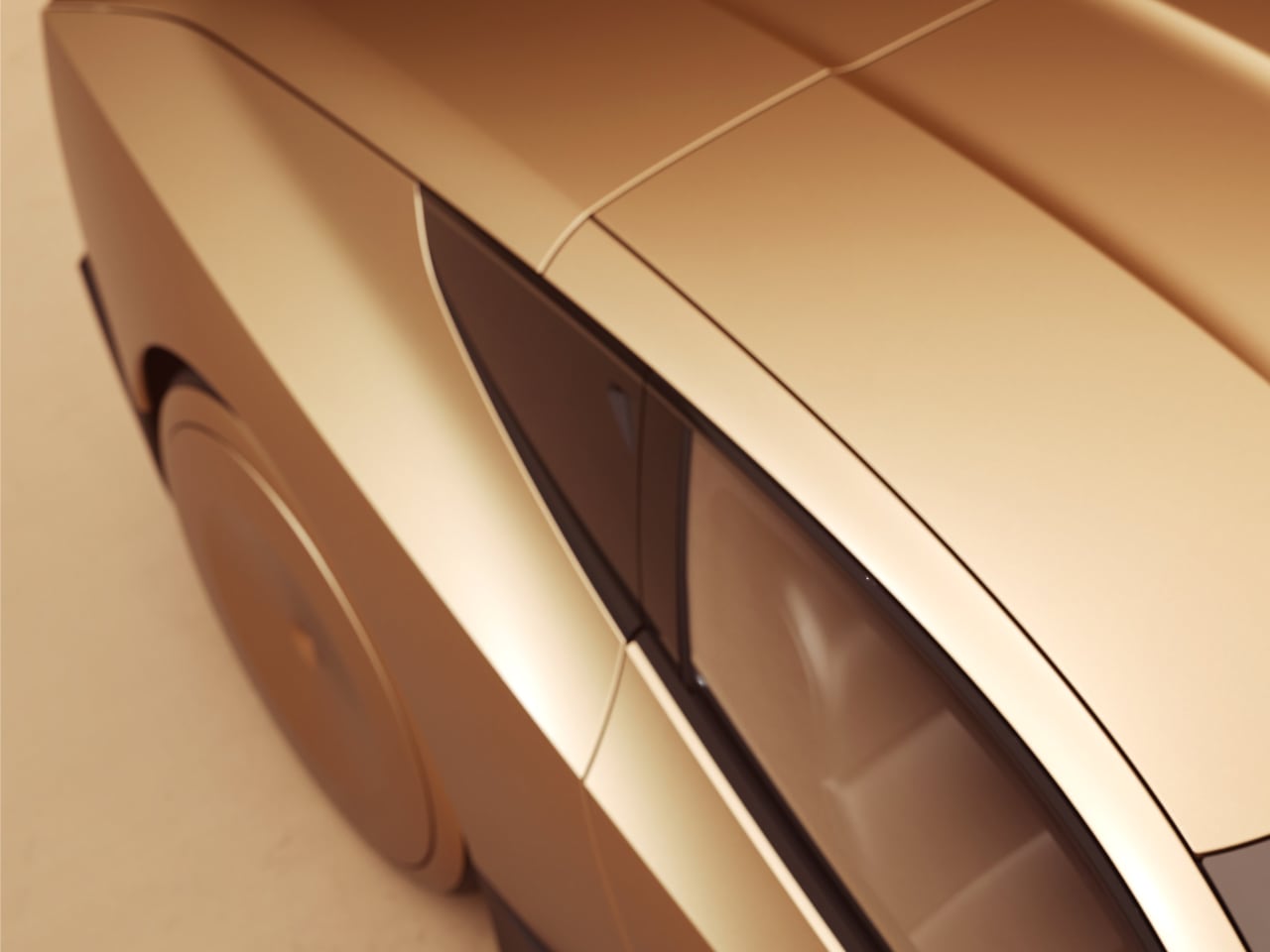
Image: Tesla Cybercab
The enclosed wheels add to the Cybercab’s futuristic look, reducing drag and boosting energy efficiency. The wheels blend smoothly with the vehicle’s body, creating a continuous silhouette emphasizing aerodynamics.
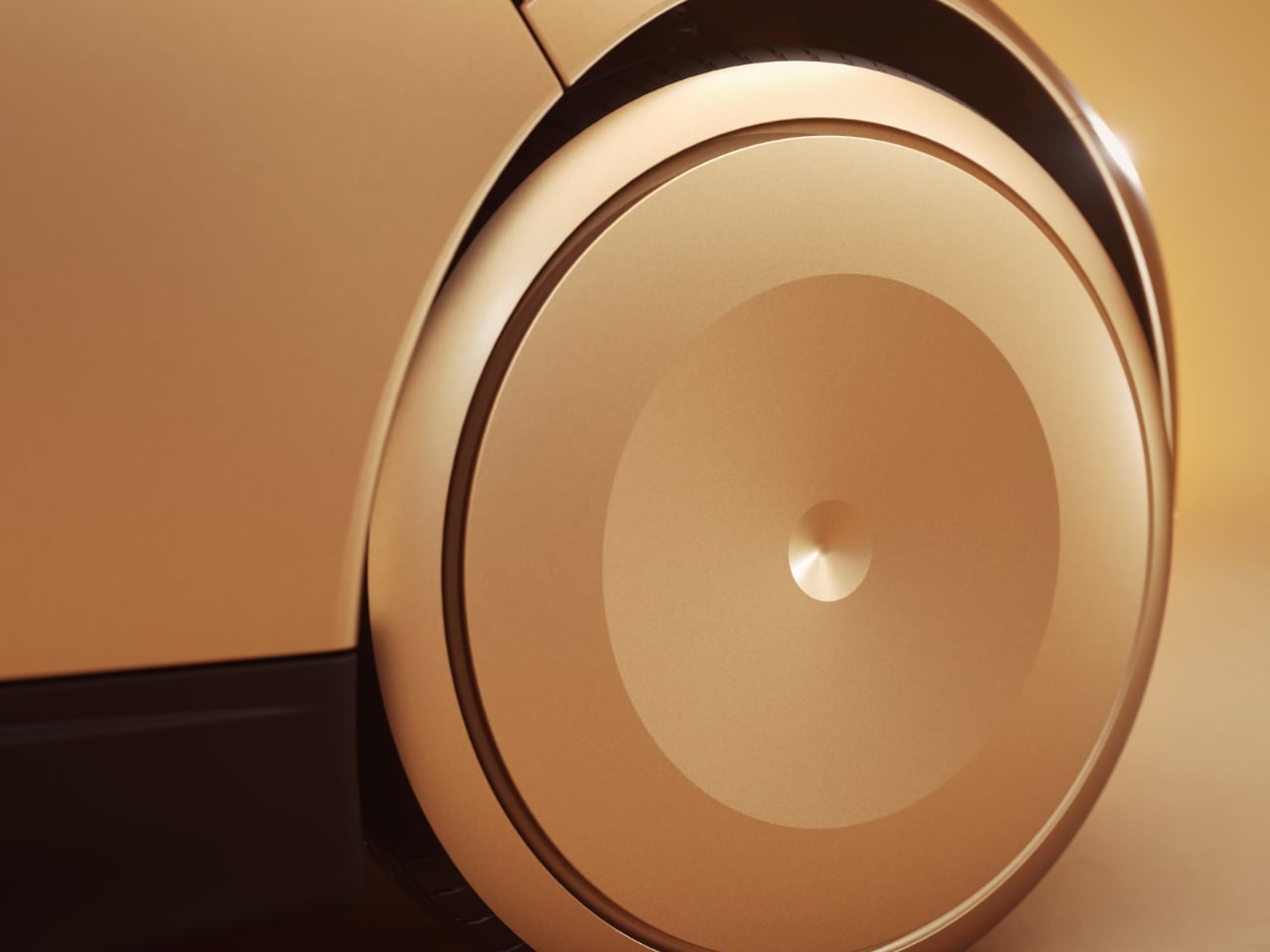
Image: Tesla Cybercab
One of the Cybercab’s defining features is its gullwing doors—they make getting in and out of the vehicle more convenient in tight spaces. Inside, the cabin is simple yet functional, with embedded displays that keep passengers connected and comfortable throughout their ride.
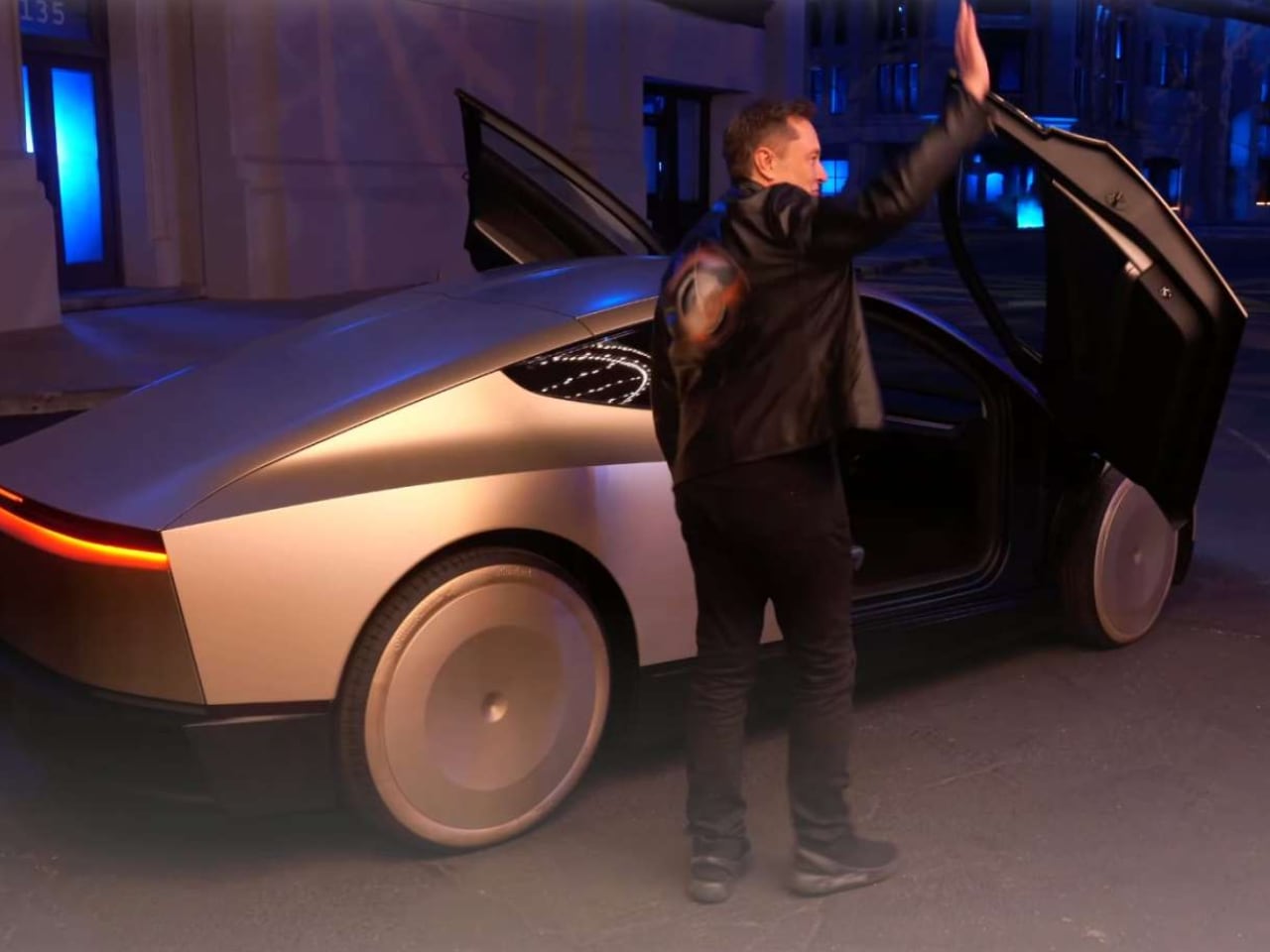
Robovan: Versatility in Urban Transport
The Robovan takes a different approach, focusing on adaptability while maintaining a futuristic aesthetic. Its streamlined shape and glossy finish suggest both practicality and sophistication. Designed for people and cargo, the Robovan aims to be a flexible solution for urban mobility.
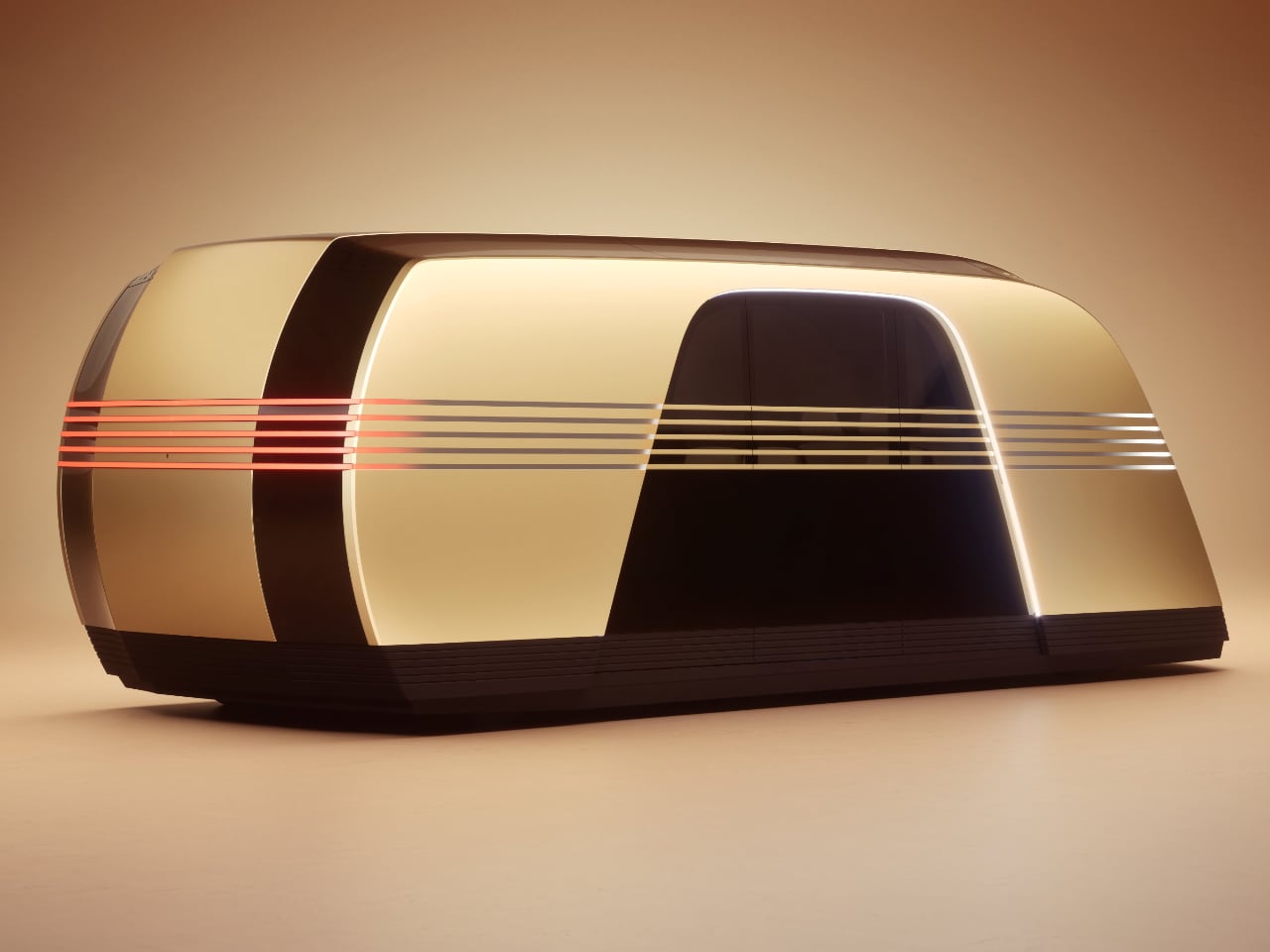
Image: Tesla Robovan
The interior is built for comfort and space, and just like the Cybercab, the Robovan also features an inductive charging system to eliminate the need for traditional plug-in charging. Large windows let in plenty of natural light, creating an open and inviting environment. The seating layout is designed to make the most of the space, while subtle ambient lighting adds to the overall comfort, especially during night travel.
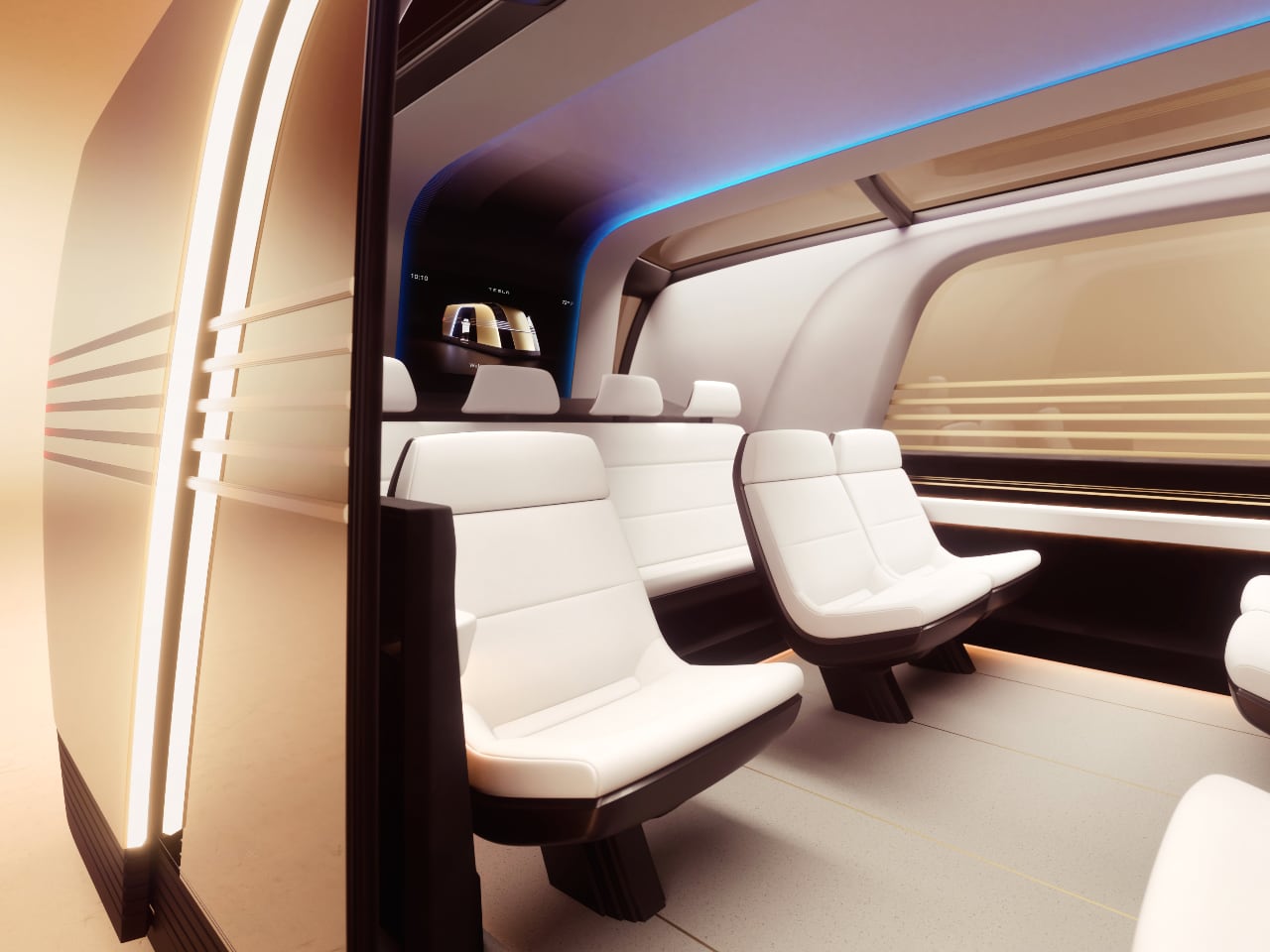
Image: Tesla Robovan
Designing for Urban Impact
Tesla’s Cybercab and Robovan are more than just vehicles—they’re tools for transforming city environments. The sleek lines, advanced materials, and emphasis on aerodynamics are part of a broader effort to make cities more livable. The goal is to create vehicles that integrate seamlessly into urban spaces and enhance the overall quality of city life.
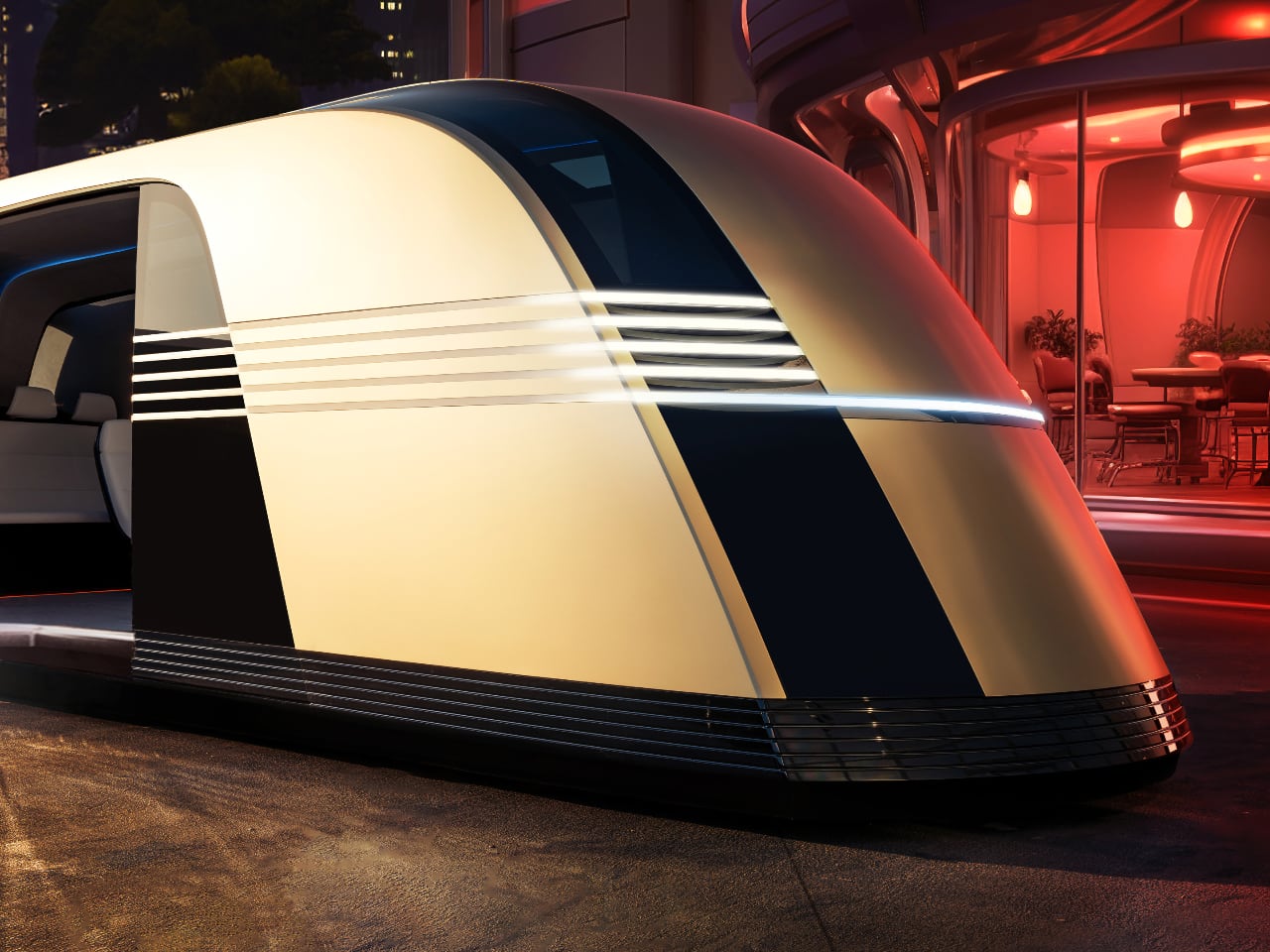
Image: Tesla Robovan
Gold tones in both designs hint at a refined future without being flashy. Tesla is steering away from aggressive designs and favoring something more sophisticated. This approach sets these vehicles apart from the common black, white, and silver cars that populate our streets, offering something that looks and feels truly different.
Practical Simplicity
The design of the Cybercab and Robovan is about balancing simplicity with usability. The minimalist exteriors and practical interiors show that transportation can be both efficient and enjoyable. The Cybercab’s gullwing doors add a touch of flair, while the Robovan’s flexible interior highlights its focus on functionality without compromising comfort.
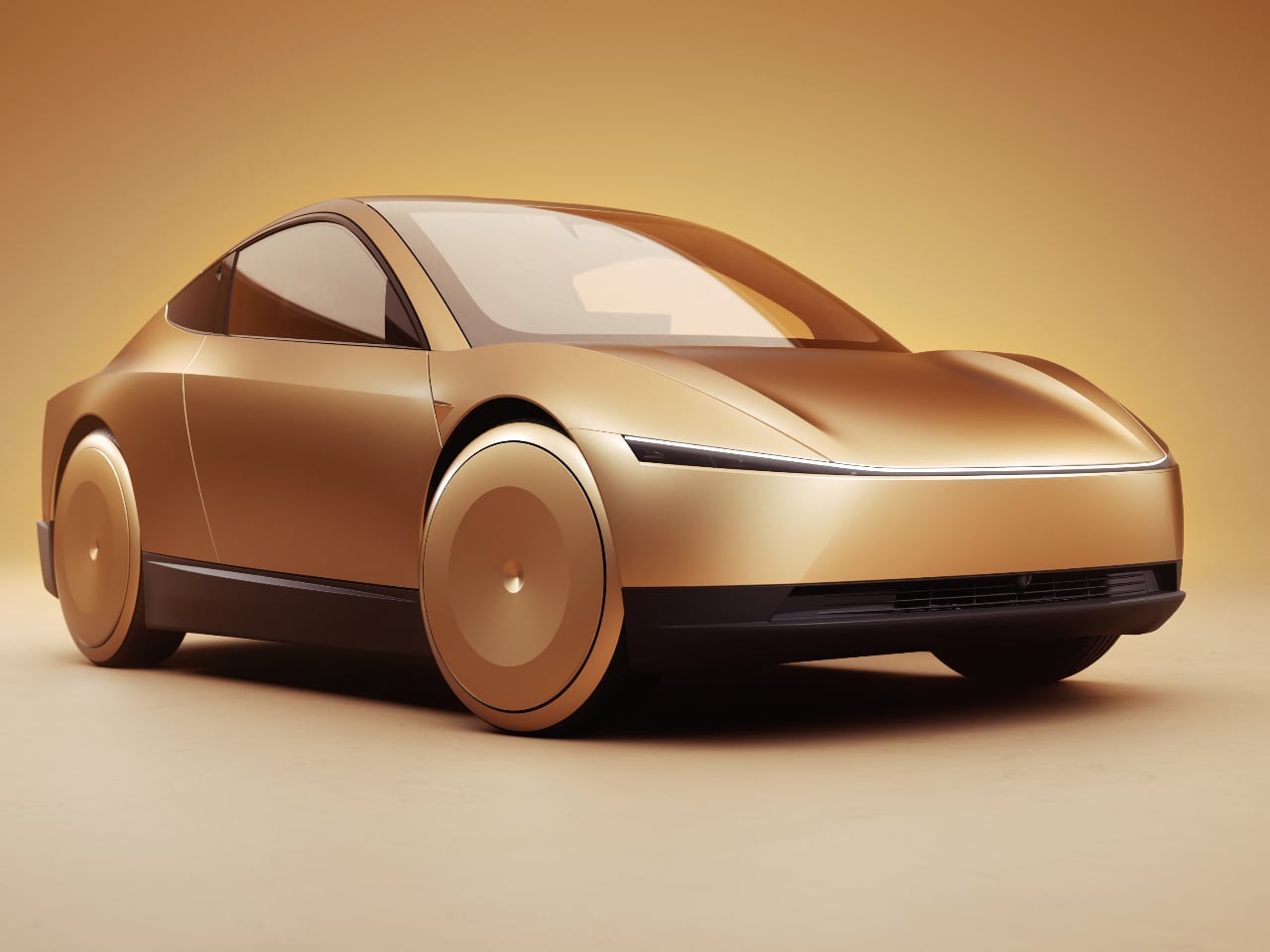
Image: Tesla Cybercab
Tesla’s goal is to change how we think about urban transportation. These vehicles aren’t only for getting from one place to another—they make the journey an experience worth remembering. By combining modern design with practical features, Tesla envisions a future where public transport is efficient, comfortable, and visually appealing.
The post Never Drive Again: Tesla’s $30,000 Cybercab and Futuristic Robovan Set to Revolutionize Urban Transportation first appeared on Yanko Design.
